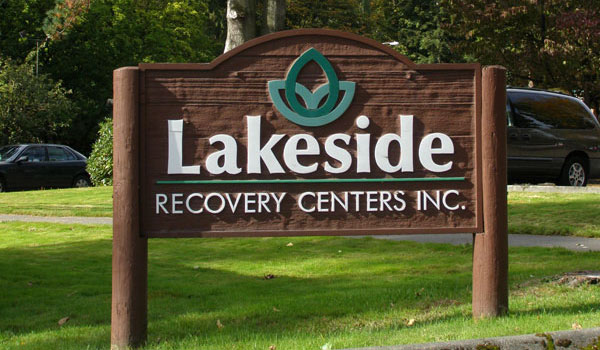An effective treatment for addiction must address each area of the victim’s life eroded by the persistent onslaught of the disease. The components of treatment must form a seamless whole that allows the addict to experience sober living and acquire a set of skills to prevent the very real danger of relapse. At Lakeside, each modality of primary treatment is shaped by:
Focus on Physical Health
As addiction progresses, the body begins to suffer from the intake of drugs and the dysfunction of the brain. In the inpatient program, every patient receives a medical evaluation to assess the effects. The patient’s primary physician is invited to discuss the findings and continue any necessary treatment. Our patients are informed of the eventual medical consequences of consuming psychoactive drugs, both illicit and prescribed, and urged to secure an evaluation from their primary physician.
All patients enter treatment with little or no understanding of their disease and what recovery entails. Ignorance fosters denial, the primary symptom of the early and middle stages of addiction. Knowledge begins to shrink denial and brings a willingness to try the tools of the program offered at Lakeside.
Regardless of their appearance to their family and friends, addicts are full of fear and live in ever increasing isolation. Fear grows as the victim tries to stop drug abuse to no avail. Isolation deepens as the addiction controls all social interactions and destroys intimacy. In a group, the addict is asked to risk being honest and disclose the story of his/her addiction. The power of the group lies in the collective ability to lift each other up and find strength of purpose.
Changing Destructive Patterns of Thinking
Over time, the addict’s mind develops a defensive strategy against the world – a set of irrational beliefs that justify the disturbing and disturbed emotions that rule his/her actions. The dysfunction of the neurotransmission system only magnifies the mood swings. In early recovery, the patient must learn to examine these beliefs, form safer beliefs, and thereby modulate the emotional see-saw. Rational Emotive Therapy (RET) is woven into group process to help patients stop and think before reacting to unsettling events and people.
Much of the work of treatment is breaking down the form of denial that allows an addict to think “I’m different from those people.” The common vulnerabilities give way to collective strength. But each patient also comes with problems that he/she must also resolve in order to stay on the road to recovery. The counselor and patient determine these potential sticking points and arrive at workable plans to address them. There may be legal or financial areas that can’t be ignored, relationships that must be mended, or simply self-esteem eroded that must be restored. The plan follows each patient through the entire course of treatment.
Ongoing recovery requires a continual focus on moving forward while avoiding past patterns of living that form the addict’s old lifestyle. 12 step programs enable an addict to keep the memory of the pain of addiction “green” while working a program to nourish the spirit. During treatment, the purpose and structure of 12 step programs are explained, and patients are encouraged to attend meetings frequently.
Finally, at LMRC we have always believed – as research has now shown – that the longer the treatment, the more successful the outcome. Continuing care gives patients a chance to share their experience of early recovery while continuing to learn new skills to avoid relapse. Weekly groups at convenient times are led by case managers familiar with each patient’s course of treatment and treatment plan. The case managers can also assess the need for other services in the community.





